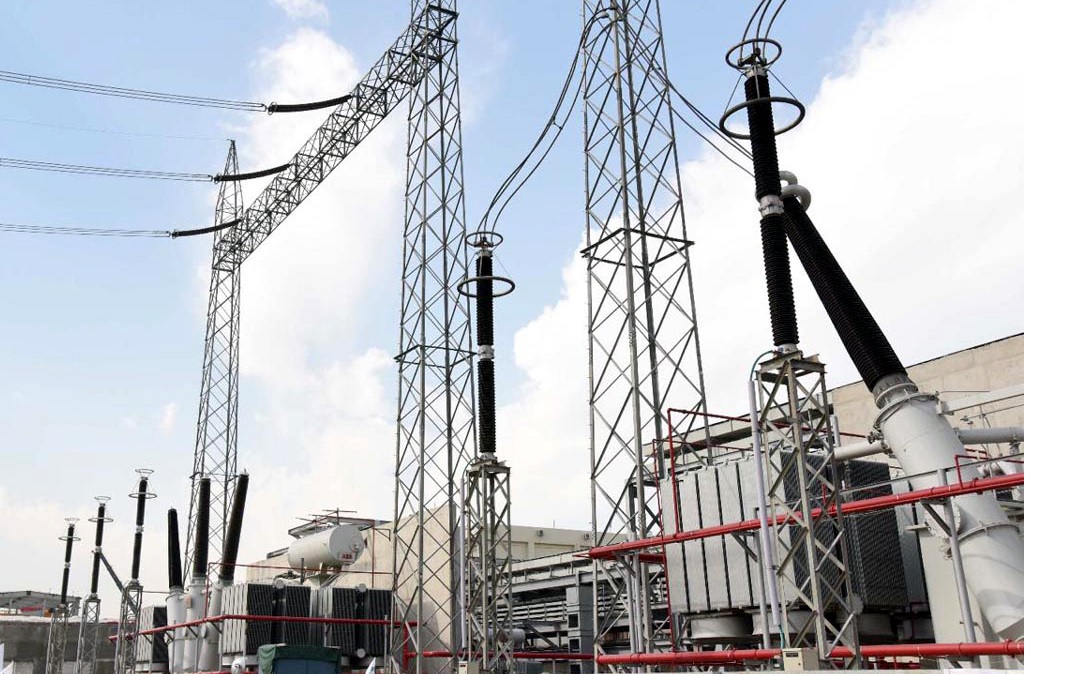Construction of the Kangas Wind Farm’s, Groeipunt transmission substation in the North West region of South Africa, is now 80% complete ahead of its handing over to the State-owned power utility, Eskom, in March next year.
The construction works of the substation begun in June this year and marked the first time that an independent power producer in South Africa had taken on the responsibility of a greenfield self-build transmission substation. Normally this kind of project is undertaken by Eskom.
Also Read: Construction of Kangnas wind farm in South Africa in good course
The work completed on the Groeipunt transmission substation
The work done so far includes civil works and installation of 610 turbine components, which were expected to be on-site by the second month of 2020.
The delivery of the 160 MVA transformer will be done by the end of January next year, followed by the 250 MVA transformer handover the following month.
“As soon as the two transformers are installed and all Pad Mount transformers are put in place, commissioning and testing will start on completed circuits, while the final erection of turbines will continue in remaining circuits, followed by Grid Code compliance testing,” Manie Kotze, Kangas construction project manager said in a statement. He also added that the substation was expected to reach commercial operation in late August 2020.
The Kangas Wind Farm
Located approximately 46km outside of Springbok, in the Northern Cape’s Nama Khoi Municipal area, South Africa, Kangnas wind farm is 140MW project contracted to Concor and Concor Consortium and developed by Mainstream Renewable Power, a Sweden-based independent power producer (IPP).
The project implementation begun in June 2018, and its commercial operation is set to start in the third quarter of 2020. Upon completion, Kangas Wind Farm is projected to get rid of approximately 550,000 tonnes of carbon emissions every single year.
